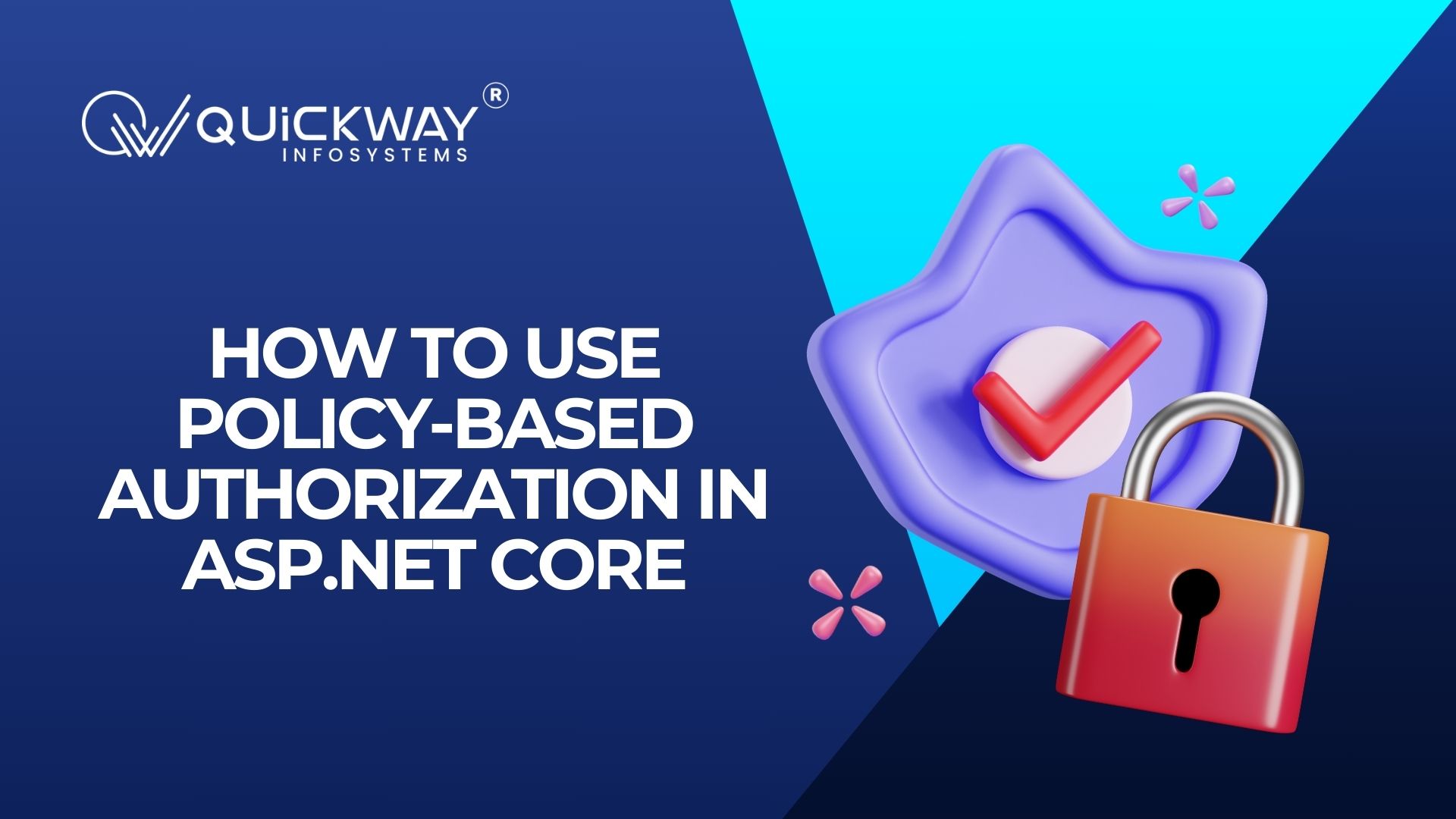How to use policy-based authorization in ASP.Net Core
 Anuj Tomar
Anuj Tomar
Take advantage of policy-based authorization in ASP.Net Core to implement a flexible, extensible, custom security model.
If you have experience in the Development of ASP.Net web applications, you are undoubtedly familiar with role-based authorization. In ASP.Net Core – Microsoft’s lean and modular framework that can be used to build modern-day web applications on Windows, Linux, or MacOS – we have an additional option.
Policy-based authorization is a new feature introduced in ASP.Net Core that allows you to implement a loosely coupled security model. In this article, I will explain what policy-based authorization is all about and how we can implement it in ASP.Net Core.
Assuming that you have .Net Core installed in your system, follow the steps below to create a new ASP.Net Core project in Visual Studio 2017.
Open Visual Studio
Click File -> New -> Project
In the New Project Dialog window, select the “ASP.NET Core Web Application” project template
Specify the name and location for your project and click OK to save
Select “Web API” from the list of templates displayed, make sure Authentication is set to “No Authentication and the Docker support box is unchecked, and click OK
And that’s all you need to do to create an ASP.Net Core Web application that leverages Web API. Let’s now explore how we can build a custom policy-based security model.
There are three key concepts to understand in a policy-based security model: policy, requirement, and handler. Note that a policy is comprised of requirements, and a requirement is comprised of a collection of parameters. These parameters are used to identify the credentials of the user. A handler is used to evaluate the user’s authorization, i.e., to determine which resources the user may access.
Register a policy in ASP.Net Core
Let’s begin by understanding how we can register a policy. Here is how a policy is registered in the ConfigureServices method of the Startup.cs file.
public void ConfigureServices(IServiceCollection services)
{
services.AddMvc();
services.AddAuthorization(options =>
{
options.AddPolicy(“IDGCustomPolicy”, policy =>
policy.Requirements.Add(new MinimumExperience(10)));
});
}
Implement a policy requirement class in ASP.Net Core
The following code listing provides an example of a custom policy requirement class. Note that the custom requirement class implements the IAuthorizationRequirement interface.
Must Read: AWS vs. Azure: The Ultimate Comparison of 2024
The argument constructor of the class accepts an integer as an argument and then assigns the value to an integer property. In this case, the integer indicates the minimum number of years of experience our authorization policy will require.
public class MinimumExperienceRequirement : IAuthorizationRequirement
{
public MinimumExperienceRequirement(int years)
{
ExpInYears = years;
}
protected int ExpInYears { get; set; }
}
Implement a policy handler class in ASP.Net Core
Now we need to implement the handler. The handler is the class that will evaluate the property or properties of the requirement we created above. (In our case we have only one property, the minimum years of experience.) The following code snippet illustrates a custom handler class.
public class MinimumExperienceHandler : AuthorizationHandler<MinimumExperience>
{
protected override Task HandleRequirementAsync(AuthorizationContext context, MinimumExperience requirement)
{
if (!context.User.HasClaim(c => c.Type == ClaimTypes.YearsOfExp))
{
return Task.CompletedTask;
}
var expInYears = Convert.ToDateTime(context.User.FindFirst(c => c.Type == ClaimTypes.YearsOfExp).Value);
if (expInYears >= 3)
{
context.Succeed(requirement);
}
return Task.CompletedTask;
}
}
Note how our requirement handler class authorizes the user based on whether or not the value of the YearsOfExp claim meets the minimum requirement.
Apply authorization policies in ASP.Net Core
Lastly, to apply the policy we have created, we need to leverage the Authorize attribute. The following code listing illustrates how this can be achieved.
[Authorize(Policy="IDGCustomPolicy")]
public class SampleController : Controller
{
//Write your code here...
}
This was just a minimalistic implementation of policy-based authorization in ASP.Net Core. Using this as a template, feel free to implement your own custom authorization policy in ASP.Net Core in your custom web app development project.
Subscribe to my newsletter
Read articles from Anuj Tomar directly inside your inbox. Subscribe to the newsletter, and don't miss out.
Written by
